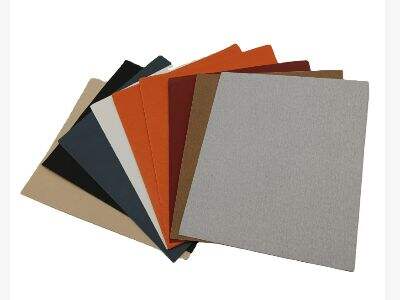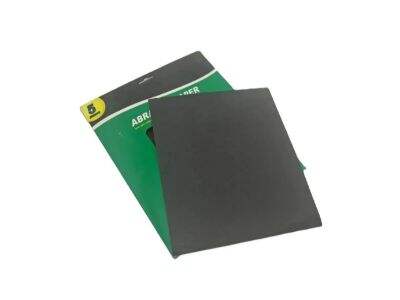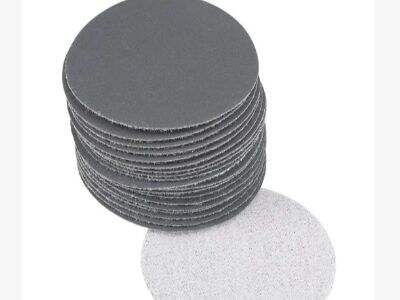Remember the last time you went to the beach and played in the sand, and thought to yourself about how some sand is dry and some is wet? Just as at the beach, there are two types of sanding that you can do at home or in a shop: dry and wet. But what is the difference, and when should you use them?
Sandpaper Techniques: Dry vs. Wet
Dry sanding is the process of rubbing sandpaper alone against the surface you want to smooth. Because there is no water or liquid, this is known as dry sanding. Wet sanding, though, is when you use sandpaper with water or a special liquid to assist with smoothing as you sand.

Dry vs Wet Sanding Methods
When you sand dry, the sandpaper gets loaded up with pieces of what you are sanding away, such as dust or paint. This can make it not as good at smoothing the surface. Wet sanding prevents the clogging as the water or liquid literally washes the bits away as you sand. This generally yields a more seamless finish.
The way to choose dry sanding versus wet sanding
Dry sanders are more useful on tougher surfaces, like metal or wood, where water could damage or rust the material. It is also quicker than wet sanding because you don’t need to wait for the surface to dry before painting or finishing. But if you’re sanding something delicate or that should be particularly smooth, wet sanding is often the better option.
Combining Dry and Wet Sanding Methods
In some cases, both dry and wet sanding techniques may be required to achieve the best results. For instance,, you could use dry sanding to quickly remove the bulk of the material, before switching to wet sanding for polishing. You can use both methods in order to give you a smoother and nicer surface.

Master the Art of Dry & Wet Sanding
The only way you can get better at dry and wet sanding is by practicing on various surfaces and materials. Be aware of how each method alters the surface you are sanding, and adapt how you sand. With dry sanding, wet sanding and polishing to learn you will find the sanding method that works best for your individual project.
Both dry and wet sanding is just different ways for you to have a smooth finish on your projects. By understanding the early and when to use them, it makes your work much better. This is an essential step and you need to get good at it — for both dry and wet sanding.
 EN
EN
 AR
AR
 NL
NL
 FR
FR
 DE
DE
 KO
KO
 PL
PL
 PT
PT
 RU
RU
 ES
ES
 AF
AF
 LA
LA


